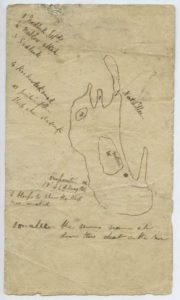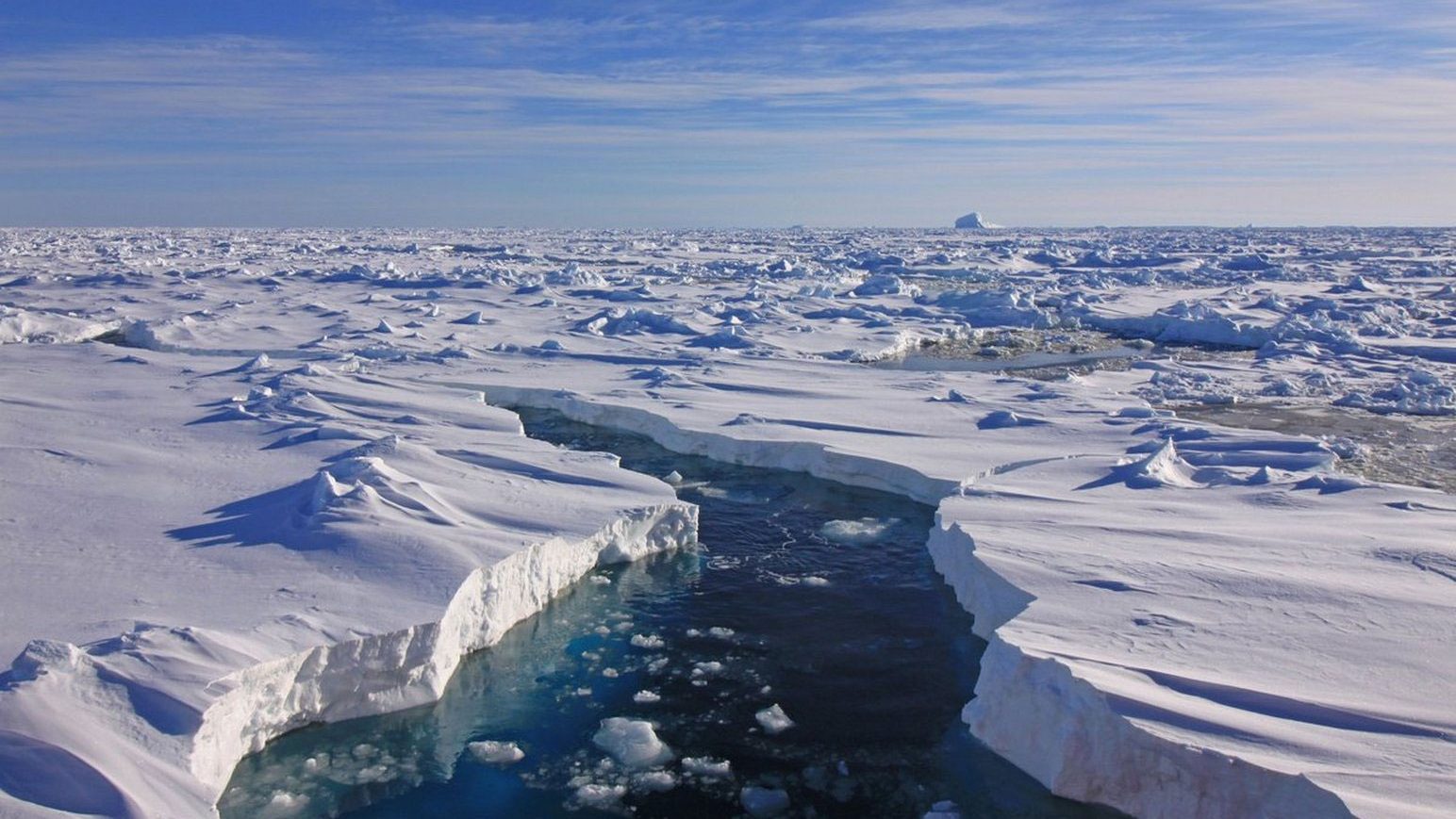McClintock learns of the Oot-loo-lik wreck
I also purchased a knife which had some indistinct markings on it such as ship’s cutlasses or swords usually have; the man told us it had been picked up on the shore near where a ship lay stranded; that it was then about the length of his arm, but his countryman who picked it up broke it into lengths to make knives.
After much anxious enquiry we learned that two ships had been seen by the natives of King William’s Island; one of them was seen to sink in deep water, and nothing was obtained from her, a circumstance at which they expressed much regret; but the other was forced on shore by the ice, where they suppose she still remains, but is much broken.
From this ship they have obtained most of their wood, &c.; Oot-loo-lik is the name of the place where she grounded.
Formerly many natives lived there, now very few remain. All the natives have obtained plenty of the wood.

The most of this information was given us by the young man who sold the knife. Old Oo-na-lee, who drew the rough chart for me in March, to show where the ship sank,
now answered our questions respecting the one forced on shore; not a syllable about her did he mention on the former occasion, although we asked whether they knew of
only one ship. I think he would willingly have kept us in ignorance of a wreck being upon their coasts, and that the young man unwittingly made it known to us.
The latter also told us that the body of a man was found on board the ship ; that he must have been a very large man, and had long teeth : that is all he recollected having been told, for he was quite a child at the time.
They both told us it was in the fall of the year — that is, August or September — when the ships were destroyed; that all the white people went away to the ” large river,” taking a boat or boats with them, and that in the following winter their bones were found there.
The Esquimaux I met with in 1859 on the east shore of King William Island (vide p. 201) told me that when last any of them visited the locality of the wreck, which was in
the winter of 1857-8, but little remained of the many things which had floated ashore, everything having been carried away.
Having obtained all the relics they possessed, I purchased some seal’s flesh, blubber, frozen venison, dried and frozen salmon, and sold some of my puppies. They told us it was five days’ journey to the wreck — one day up the inlet still in sight, and four days overland; this would bring them to the western coast of King William’s Island ; they added that but little now remained accessible of the wreck, their countrymen having carried almost everything away. In answer to an enquiry, they said she was without masts ; the question gave rise to some laughter amongst them, and they spoke to each other about it, from which Petersen thought they had burnt the masts through close to the deck in order to get them down.
There had been many books^ they said, but all have long ago been destroyed by the weather ; the ship was forced on shore in the fall of the year by the ice. She had not been visited during this past winter, and an old woman and a boy were shown to us who were the last to visit the wreck; they said they had been at it during the preceding winter (i, e, 1857-8).
This was all the information we could obtain, and it was with great difficulty so much could be gleaned, the dialect being strange to Petersen, and the natives far more inclined to ask questions than to answer them. They assured us we should find natives upon the south shore of King William’s Island only three days’ journey from here, and also at Montreal Island; moreover they said we might find some at the wreck.
